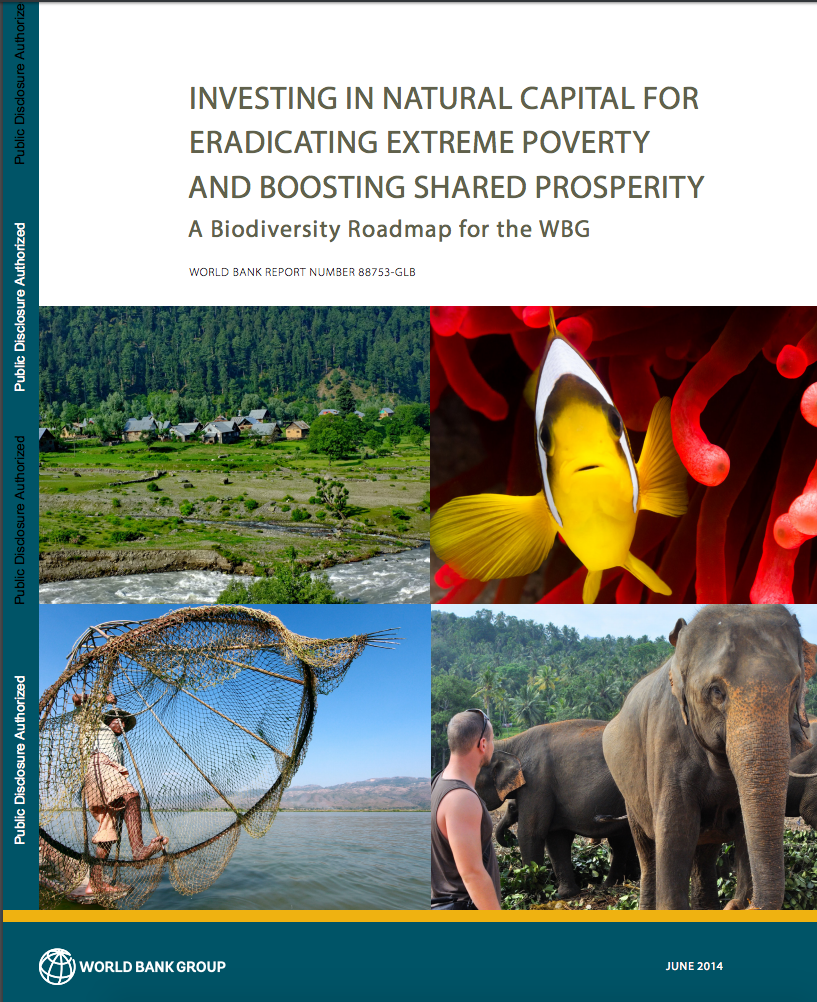Sustainable Land Management Sourcebook
This sourcebook is intended to be a
ready reference for practitioners (including World Bank
stakeholders, clients in borrowing countries, and World Bank
project leaders) seeking state-of-the-art information about
good land management approaches, innovations for
investments, and close monitoring for potential scaling up.
This sourcebook is divided into three parts: the first part
identifies the need and scope for sustainable land






